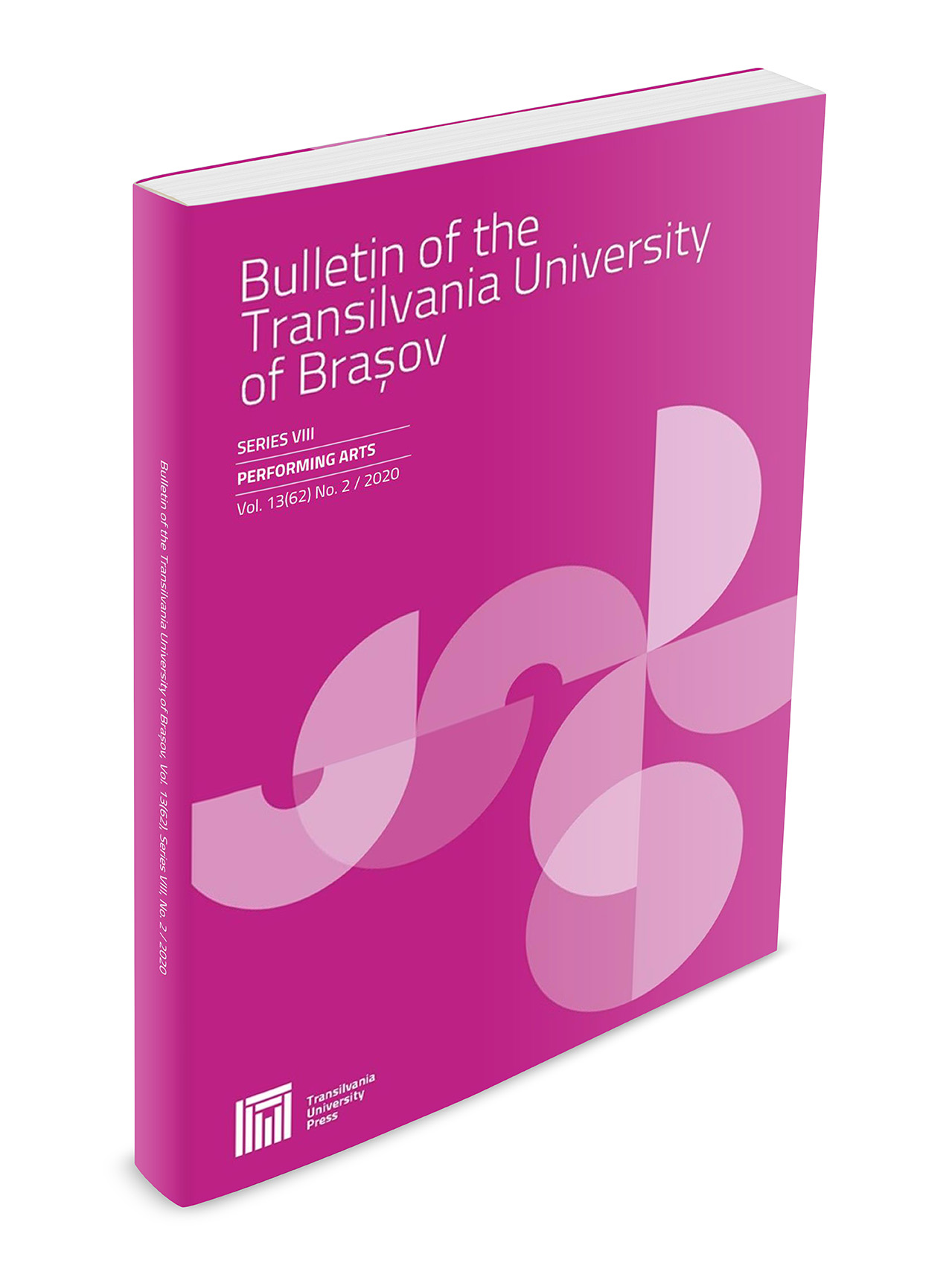Theme and performance in Symphony No. 5 by Philip Glass
DOI:
https://doi.org/10.31926/but.pa.2020.13.62.3.22Keywords:
minimalism, intertextuality, spirituality, the new aesthetics, Buddhist aestheticsAbstract
Of Philip Glass's twelve symphonies - perhaps the most popular minimalist composer after John Cage – it is the choral Fifth, entitled "Requiem, Bardo, Nirmanakaya", composed in the years of full maturity (the first performance took place in 1994), that mostly impresses through its grand design, display of instruments and human voices, soloists and four choral ensembles may be considered a version of the theocratic scenario that projects the history of mankind in the order of the divine, characteristic of the premodern age. Glass's originality consists in the overlapping of several mythical structures - Swedish, biblical, Buddhist, Islamic, Sufi, etc. - in accordance with the holistic epistemology of the contemporary era. Despite the Buddhist references in the title, the narrative is modeled on the biblical archetype, from the genesis of the universe to the Last Judgment and it ends with the vision of future humanity bonded in brotherhood, peace and compassion.Downloads
Published
Issue
Section
License
Copyright (c) 2021 Bulletin of the Transilvania University of Braşov. Series VIII: Performing Arts

This work is licensed under a Creative Commons Attribution 4.0 International License.




